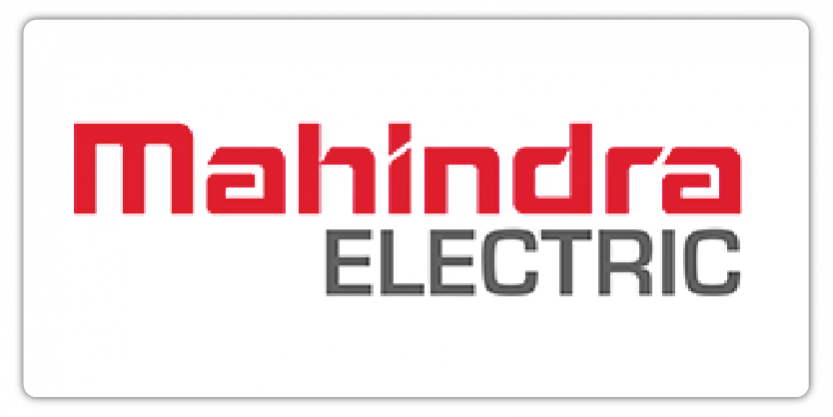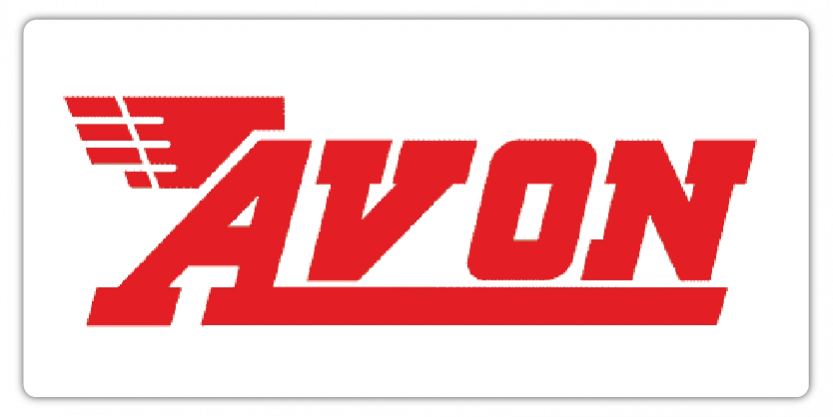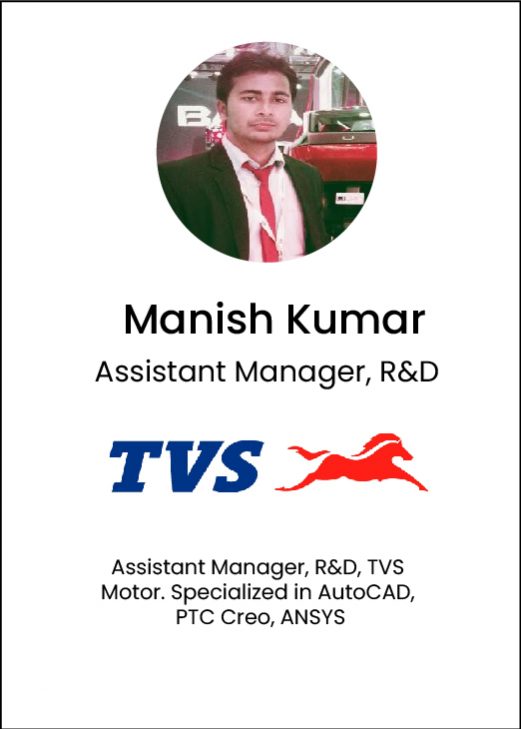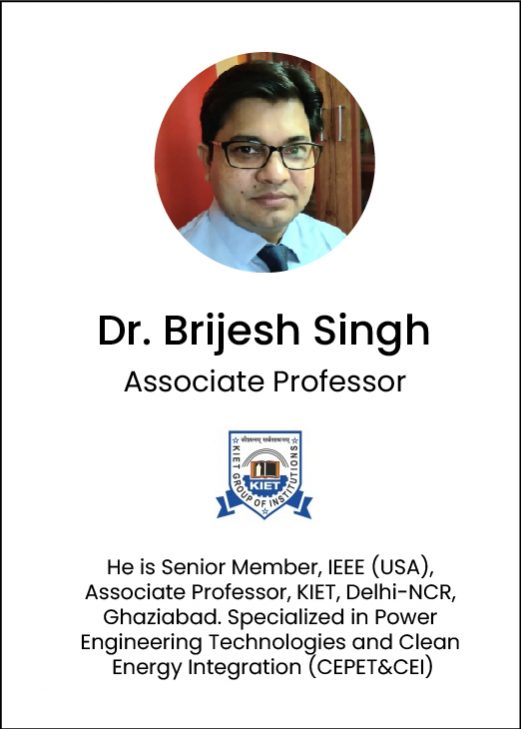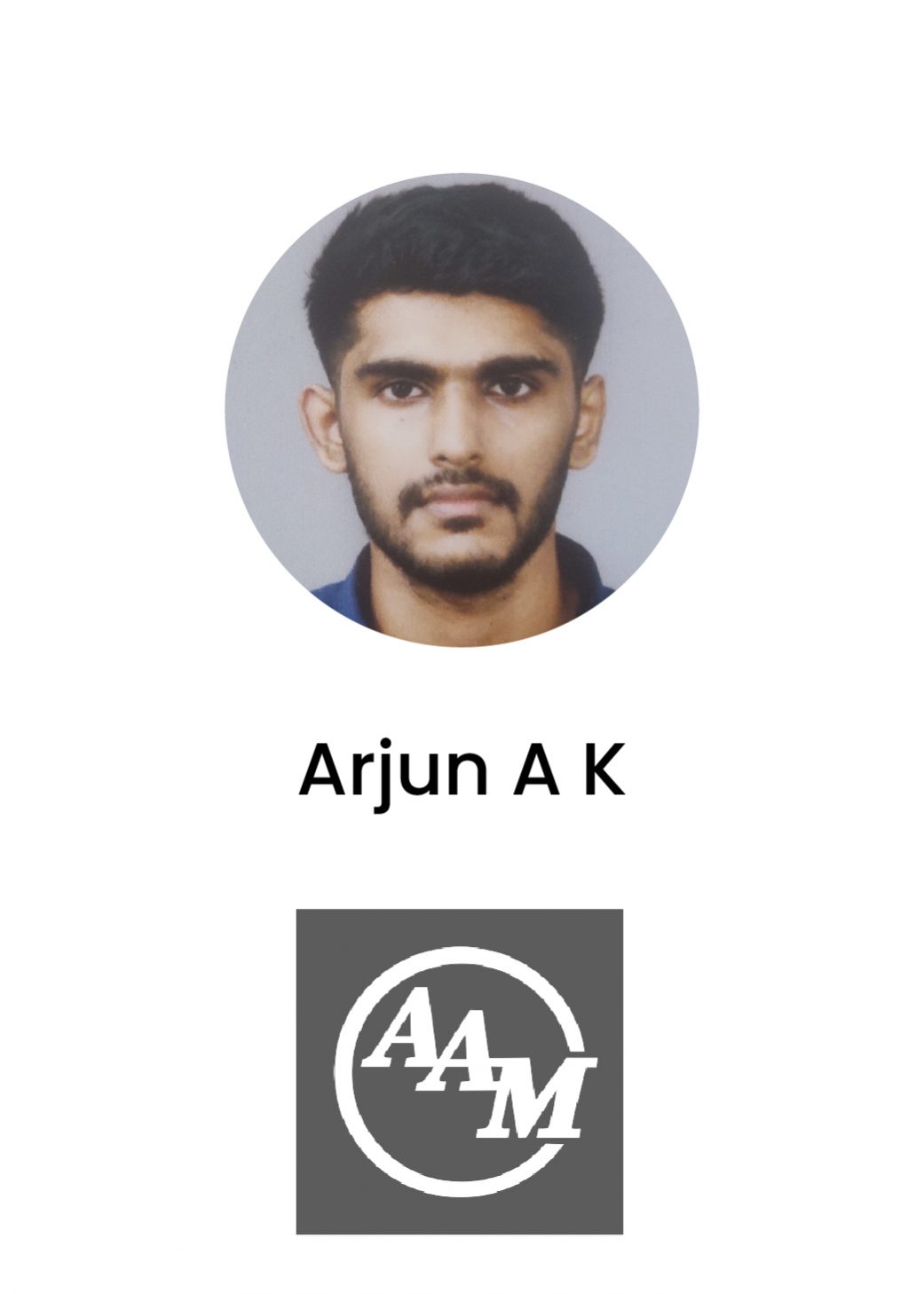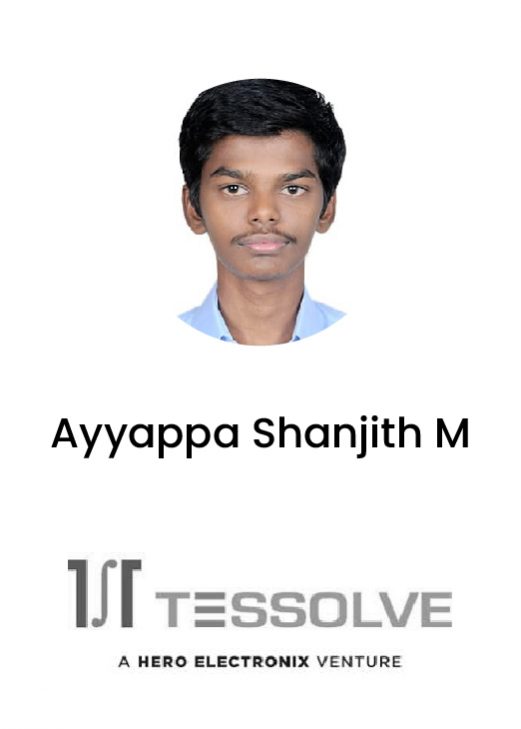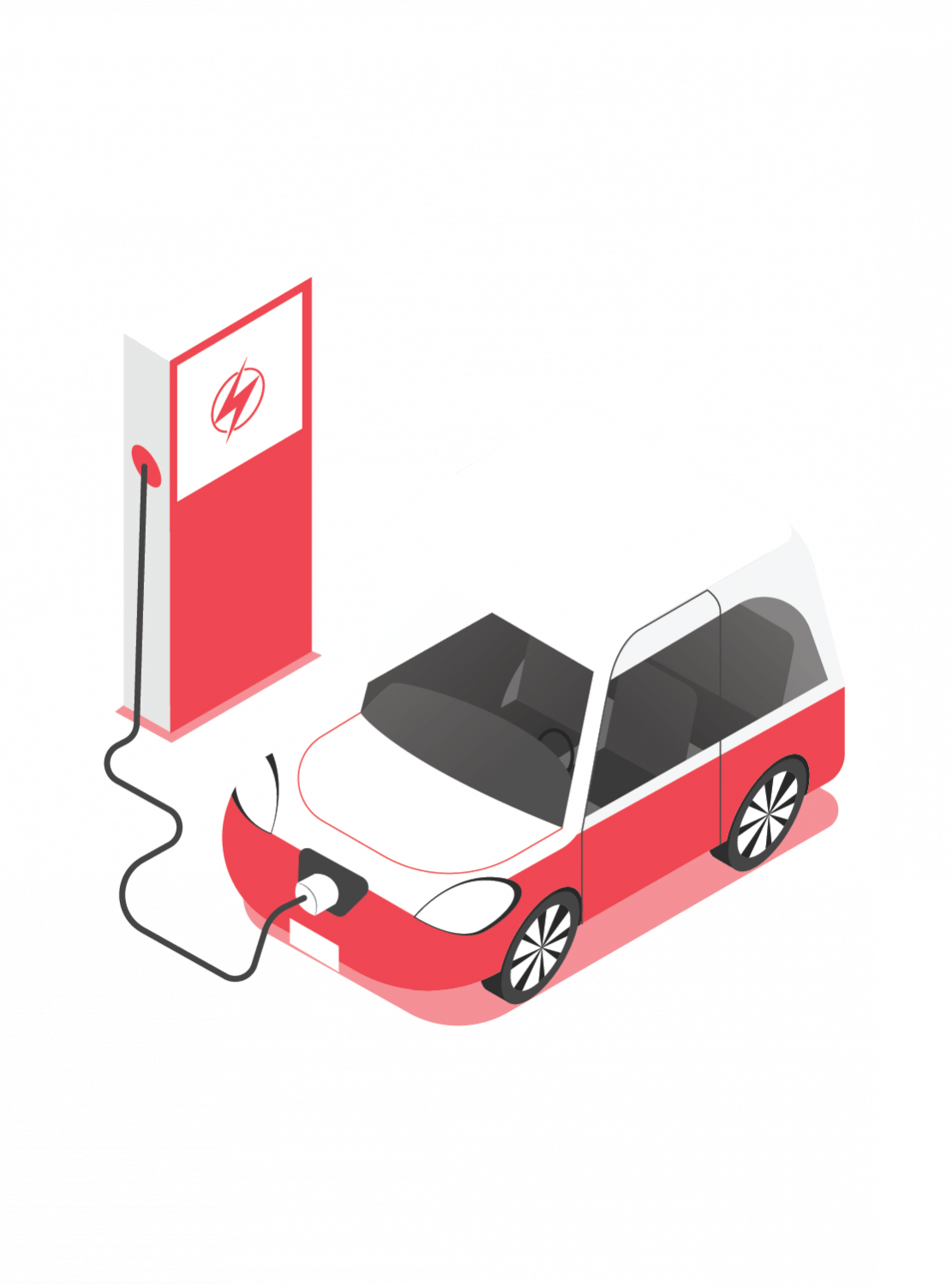PG Certification Program in Electric Vehicle Design Simulation and Component Selection
A comprehensive EV course on EV Technology that gives you exposure to various computational tools for EV Applications. This EV technology course is highly recommended for engineering students.
Next Cohort Starts: 01st November 2023
Eligibility: Students with minimum 50% or equivalent passing marks







Get Placement In

06 Months Live + Online Classes
Learn through online lectures delivered by our Top Ranked Faculty (after working hours)

03 Months Industrial Internship
Become future ready with our industrial training and learn and built industrial projects.

ISIEINDIA Certificate
Earn a PG Certificate in EV from ISIEINDIA & LPU - Ranked #1 in Education.

Placement Assistance
Assistance with a job or career placement aids in employment.
Placement Highlights

350+
Participating Companies

6.9 LPA
Average CTC

30 LPA
Highest CTC

60 %
Average Salary Hike
Top Skills You Will Learn
Selection & Design of Powertrain, Battery, Motor Modelling & Controller, BMS & BTMS, Understanding of Aerodynamics, EV Control Methods, EV Charging and Homologation and Testing
Who Is This Programme For?
Engineering Graduates, who are looking to skill themselves
Job Opportunities
Battery Pack Engineers, Vehicle Dynamics Engineers, CAE Analyst, Homologation Engineers, Quality Engineers, Design Engineers, Project Engineers, Simulation and Testing Engineers, Motor Design Engineers, BMS Application Engineers.
Minimum Eligibility
Students with minimum 50% or equivalent passing marks
Join the Electric Vehicle industry
By 2026, IDC predicts Electric Vehicle and cognitive computing spending will reach $52.2 billion. Electric Vehicle is one of the hottest professions.

36
Annual Job Growth By 2026

50 M
Expected New Jobs By 2030

Rs.3.5L -12L
Average Annual Salary
Source: IESA Report
Source: IVCA-EY-Induslaw Report
Source: Glassdoor
Still have Questions?
Talk to our Experts…
PG Certification Program in Electric Vehicle Design Simulation and Component Selection
Certified by NSDC
Complete all the courses successfully to obtain the certification from LPU, NSDC, supported by SMEV
• Earn a Certification in EV Engineering
• Widely recognized and valued programmed in EV Engineering
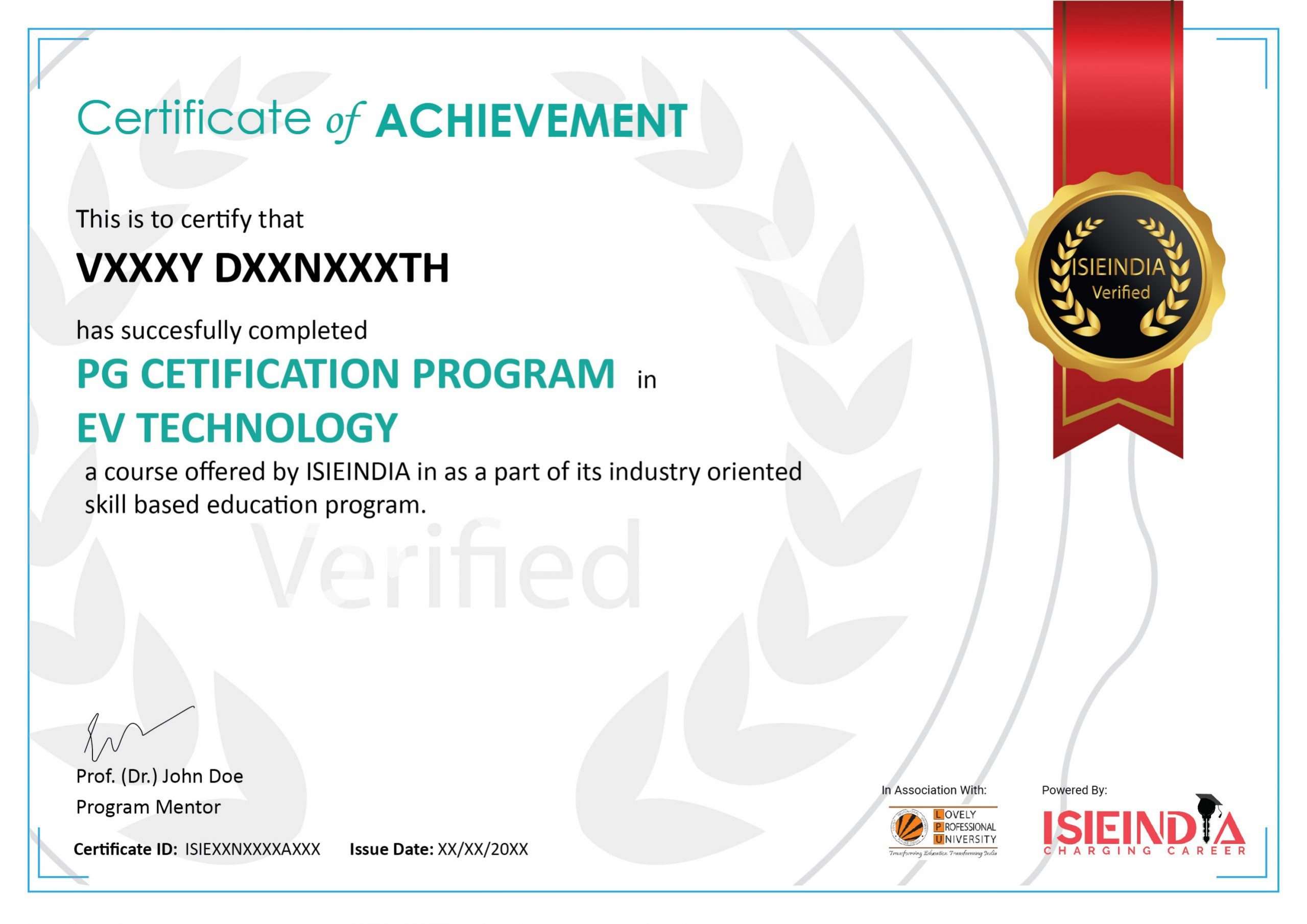
Case Studies
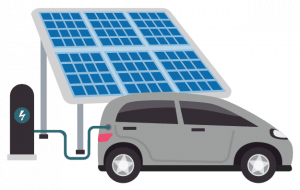
EV Architecture
Fixed motors can deliver better performance, but will result in more weight due to the gearbox. The in-wheel motor will have less losses and reduce weight but would be costlier. Which motor to choose? Which architecture should we go for?

Battery Placement in EV
The electric vehicle has brought a major change in the way vehicles are being designed. Unlike IC Engine, the NVH requirement is less as well. The placement of the battery pack has also affected the way panels are designed.
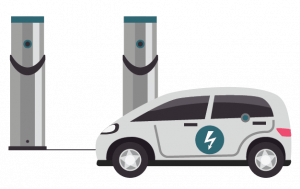
EV Market Impact
The EV market has grown the most despite the COVID-19 situation in the past year. In this, we take a look at the various parameters affecting the EV market and how the government and manufacturers have joined hands to promote EV.
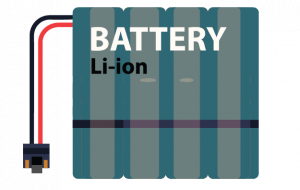
Battery Charging vs Battery Swapping
When it comes to EV design, it is really important to know which way to choose, battery swapping or charging as it will alter the design.
Brochure
Best-in-class content by leading faculty and industry leaders in the form of videos, cases and projects
ISIEINDIA Instructors
Learn from leading Industry oriented trainer, faculty and leaders
Our Expert Work At
Top companies from all around the world

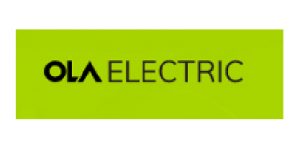
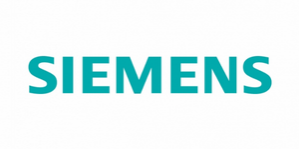



Where our Alumni Work
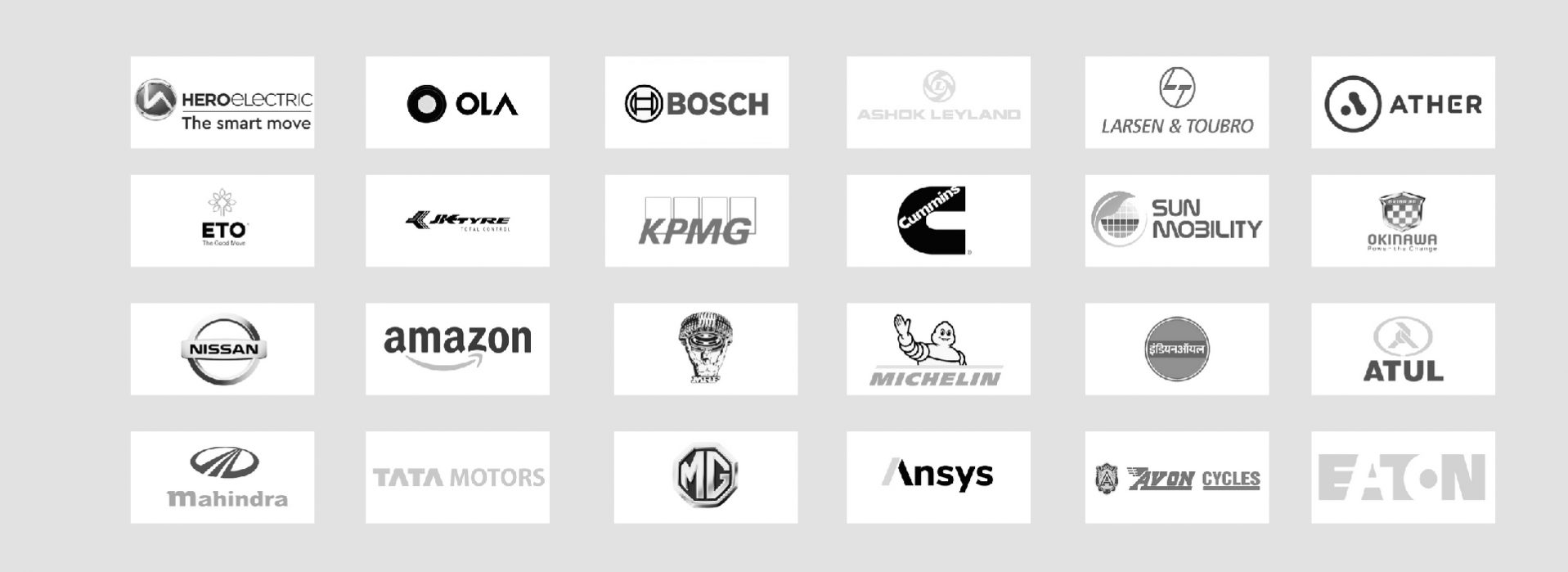
Syllabus
Best-in-class content by leading faculty and industry leaders in the form of videos, cases and projects, assignments and live sessions
100+
Content Hours Available
5+
Industry Projects
10+
Case Study
2+
Tools Covered
MODULE 1 - Powertrain Design and Selection
History of Electric Vehicles – Coming of EV in 19th Century
Golden Era of EV
Coming of New Era in EV
EV Market and Sales
Components, Trends and Growth
HEV Architecture – Parallel Hybrid
Series Hybrid
Series Parallel
Fuel Cell EV
Selection on Motors, their Size and Types – Motors
Transmissions
Hub Motor
Battery Performance Index
Introduction to Powertrain
Vehicle Coordinate System
Powertrain Equation
Aerodynamics and Its Calculation – Drag Equation
Drag Coefficient
Drag Calculation
Tire Construction and Specification
Wheel Rolling without Slipping
Wheel Dynamics ROLL vs SLIP vs SKID
Contact Patch
Hysteresis Loss
Tyre Parameters
Powertrain calculation for 2W – Calculating Parameters
Power Calculation
Motor and Torque Calculation – Torque Calculation
Gearbox Selection
Motor Characteristics
Motor Types and Design – PE and Motor Control
Basic Understanding of Motor
SRM Motor
Introduction of BLDC Motor
Control Principles
Motor for EV
Regenerative Braking
Motor Control
Motor Control Quadrant
AC Motor Control
Asynchronous vs Synchronous Motor
Introduction to Motor Modelling and Design
Motor Geometry
Add Winding and Material
Simulating E Magnetics
Model Based Simulation – Calculate for Vehicle Energy Consumption – Introduction
Motor Geometry
Add Winding and Material
MODULE 2 - Electric Vehicle Safety and Crashworthiness
Basic of FEA
Introduction to HyperMesh
Introduction to Hypermesh – Hypermesh UI
Introduction to Hypermesh – 1 D Meshing
2D Meshing – Intro
2D Meshing – Car Door Handle Meshing
2D Meshing – BIW Arm Meshing
2D Meshing – LH Inboard Cross Member
Introduction to LS-Prepost
Create a LS-DYNA input deck for Front Bumper Impact
LS-DYNA input deck for a ball impacting a plate
Rear under Run Protection Device of Heavy Vehicle
Modal Analysis
Composite Material Analysis
Explicit Analysis
Vehicle Crash Safety
Occupant Injury Criteria
Regulations and Global NCAP
Linear Vs Non Linear
Static Vs Dynamic
Seatbelt Anchorage Test
CG and Seatbelt Component Analysis
Post Processing of Seatbelt Anchorage Test
Luggage Retention and H1H2 Tests in Seat
Head Impact Analysis
MODULE 3 - Design Aerodynamics
What is CFD?
Why CFD?
CFD Process
CFD Pre Requisites
Introduction to Fluid Dynamics – Basics of Flow
Basic Terminologies
Introduction to Aerodynamics – Aerodynamics Equation
Area and Drag Coefficient
Area Calculation
Approximation Method
Intro FEM
FEM Processed Geometry Types
2D Simulation Geometry
2D Simulation Meshing
Solver Setup
2D Simulation Results
Finding Drag Coefficient
3D Process
3D Geometry
MODULE 4 - Energy Storage System
History of Battery pack
Types of energy storage system
Why Li-Ion Cells
Lithium Cells Working
Battery Terminologies
Lithium Chemistry
Cell Types – Form Factors
Lithium Cell Materials
Lithium Cell Failures
OCV and SOC of Cell
Linear Polarization
Finding RC Values
Hysteresis Voltage
Enhanced Self Correcting Model
Cell Testing and Coulombic Efficiency
Temperature and OCV
Dynamic Testing
Model Simulation
Battery Size Calculation – Energy Consumption Calculation
Calculating Battery Pack Size
Battery Pack Capacity and Voltage – Cell Load Characteristics
Battery Pack Capacity and Voltage
Cell to Cell Bonding – Nickel Strip Selection
Bus Bar Bonding
Tab Bonding
Cell to Cell Gap
Spot Welding vs Laser Welding
Battery Safety – Performance Design and Safety Layer
Safety Layer Design
Battery Modelling – Cell Assembly Model
Battery Case Design Principles
Battery Case Design – Model
Battery Pack – Component Packaging
Why BMS
BMS Functionality
Sensing Voltage
Sensing Current
Sensing Temperature
High Voltage Contactor
Isolation Circuit
Thermal Control
SOC of Cell
Energy and Power of Cell
Battery Pack Simulation – OCV and SOC of Cell
Linear Polarization
Finding RC Values
Hysteresis Voltage
Enhanced Self Correcting Model
Cell Testing and Coulombic Efficiency
Temperature and OCV
Matlab Cell Model – Simulation
Data Based Cell Simulation
Physics based Model
Simulating EV
Simulating constant power and voltage
Battery Simulation
Introduction to BTMS – What is BTMS?
Types of BTMS
Types of BTMS
Thermal Loading – Heat vs Temperature
Cell Heat Map (1C and 3C)
Heat Management – Thermal Paste Cooling
Phase Changing Material
Heat Exchanger
Thermal Modelling – Preliminary Definitions
Microscale Thermal Model
Boundary Condition
Peltier Coefficient
Transfer of Heat at Boundaries
Change in Parameter Values
Gradient Transfer Fnc
Heat Generation Terms
Irreversible Heat Generation
Joule Heating
Heat Flux Terms
MODULE 5 - Homologation and Testing
Classification of Vehicle – Vehicle Categories
BOV vs EV
Vehicle Regulations – CMVR 1989 and AIS Committee
FVSS
EEC/ECE
Whole Vehicle Type Approval
Homologation Criteria – Homologation for Export
Type of Test Tracks
Hardware in Loop (HIL)
Driving Cycle
CMVR Physical Verification
Tire Depth
Vehicle Weight
Horn Installation
Rear View Mirror
Tell Tales Test
External Projection
Wheel Guard
Foot Control Arrangements
Angle and Dimensions Measurement
Requirement of Temporary Cabin
Vehicle Preparations
Pass-by-Noise
Gradeability
Instruments Calibration
Turning Circle Test
Steering Effort
Cooling Performance
Brake Test
Range Test
Energy Consumption Test
Maximum Speed
Acceleration Test
Horn Test
Safety Glass Test
Windscreen Test
Rear View Mirror Test
Hinges and Latches Test
Demist and Defrost Test
Field of Vision Test
Powertrain Component Test – Motor Power
Max 30 minutes power
Battery Safety Criteria
EMI-EMC
Hybrid Vehicle Test – M and N Category
Hybrid Retro fitment Kit
Electric Kit for Conversion
AC Charging
DC Charging
Admission Details
Candidates can apply to this Professional Master Certification Program in EV Powertrain Architecture and Energy Storage System certification program in 3 steps. Selected candidates receive an offer of admission, which is accepted by admission fee payment.
STEP 1

Submit Application
Tell us about yourself and why you want to do a PMC certification
STEP 2

Application Review
An admission panel will shortlist candidates based on their application
STEP 3

Admission
Selected candidates can start the PMC program within
1-2 weeks
Admission Fee & Financing
The admission fee for this Professional Master Certification Program in EV Powertrain Architecture and Energy Storage System is ₹ 59,999 (Incl. taxes). This fee covers applicable program charges and NSDC Certification.
Financing Options
We are dedicated to making our programs accessible. We are committed to helping you find a way to budget for this program and offer a variety of financing options to make it more economical.
No Cost EMI
We have partnered with the following financing
companies to provide competitive finance options
at 0% interest rate with no hidden costs.

Financing as low as
₹ 4,999/month*
Other Financing Options
We provide the following options for one-time payment

Internet
Banking

Credit/Debit
Card





